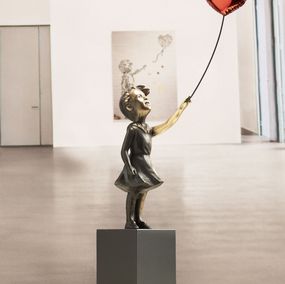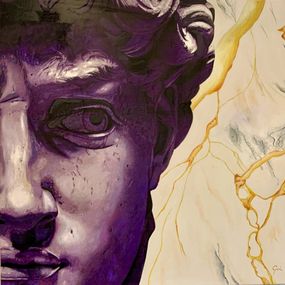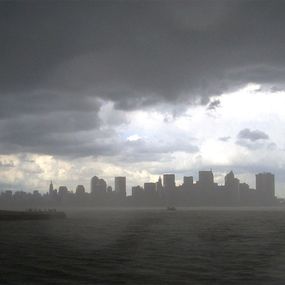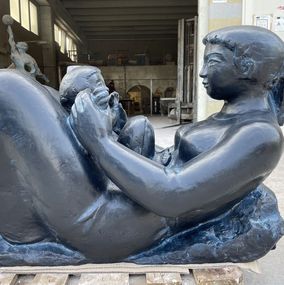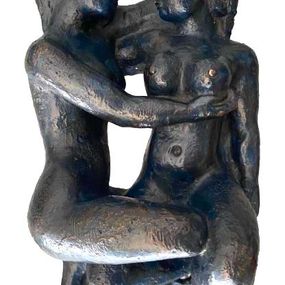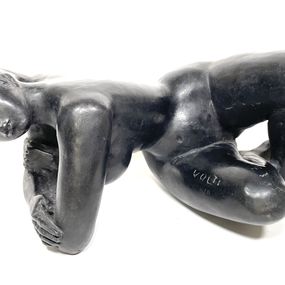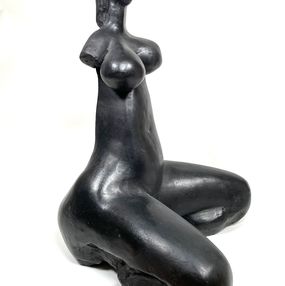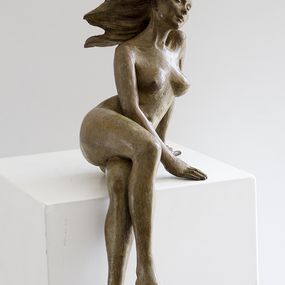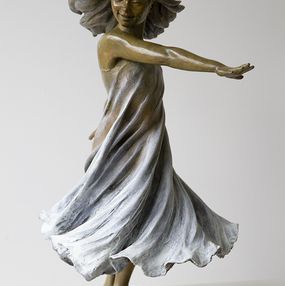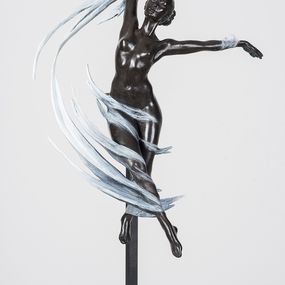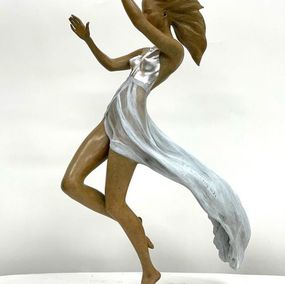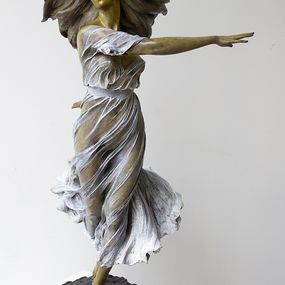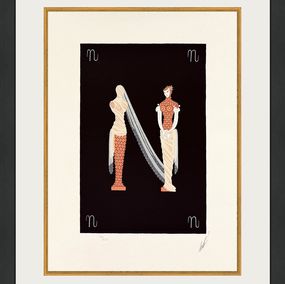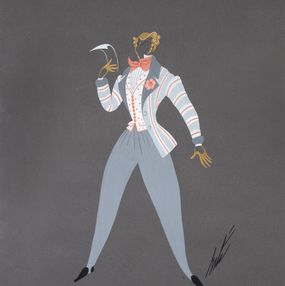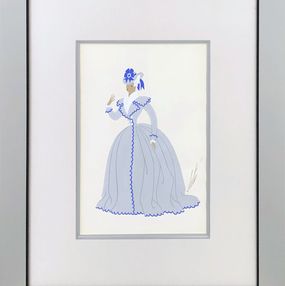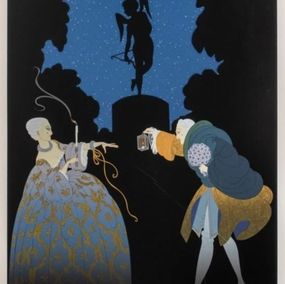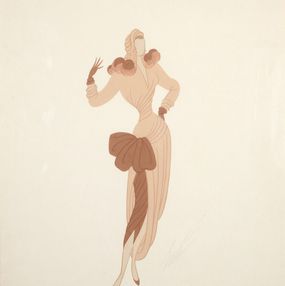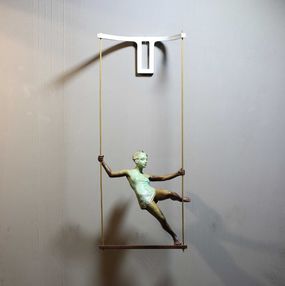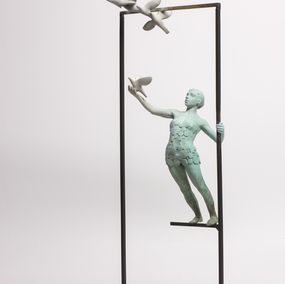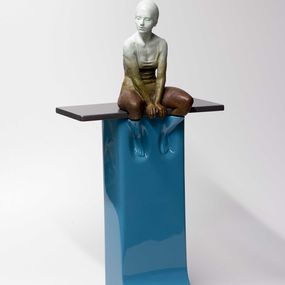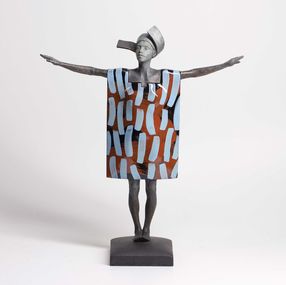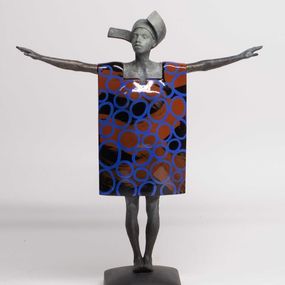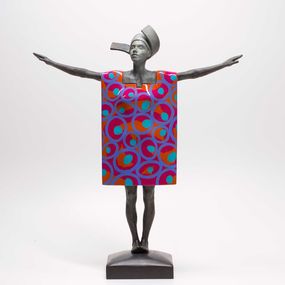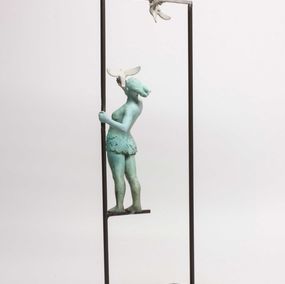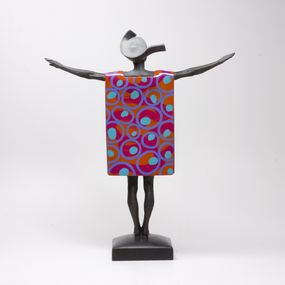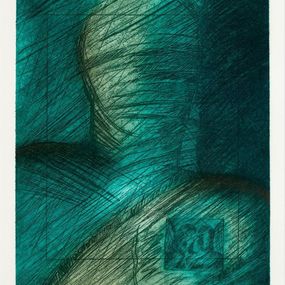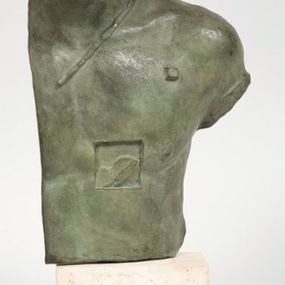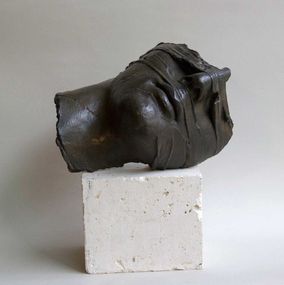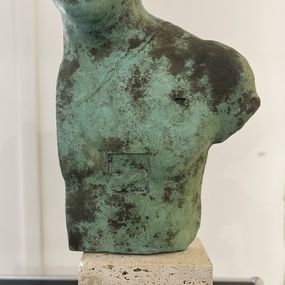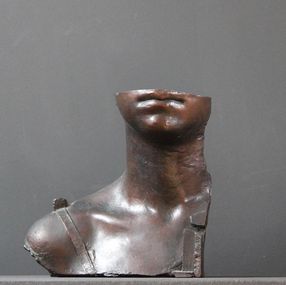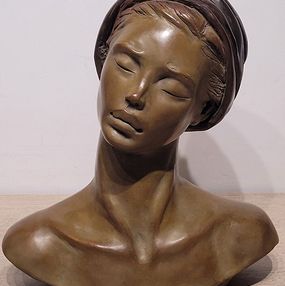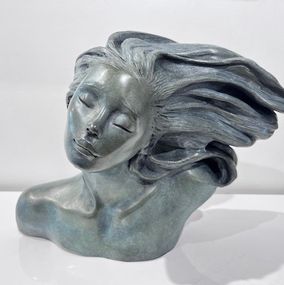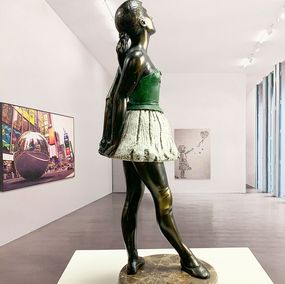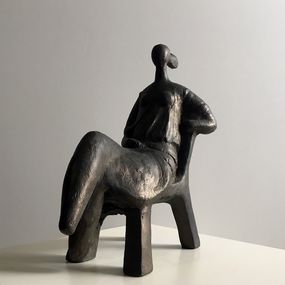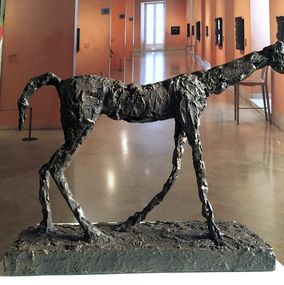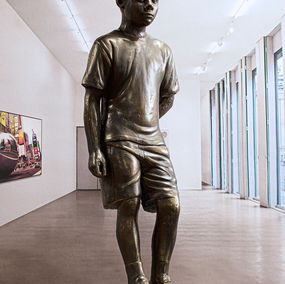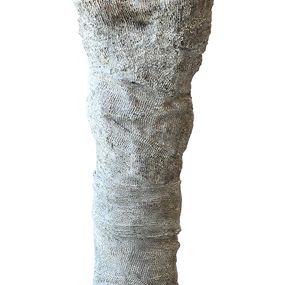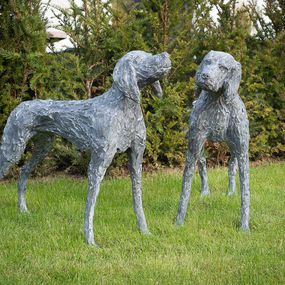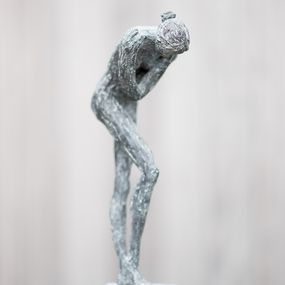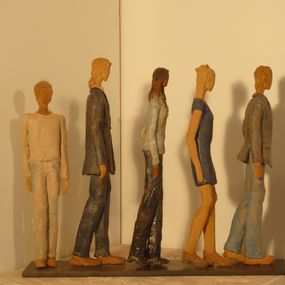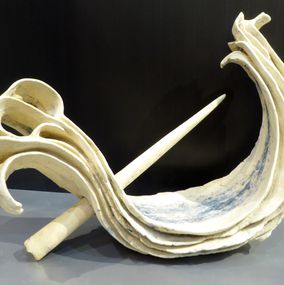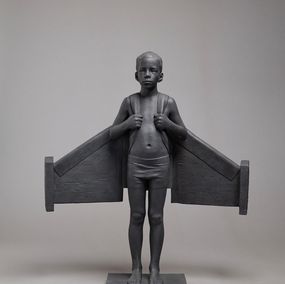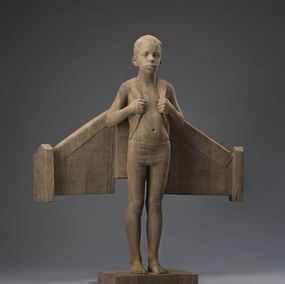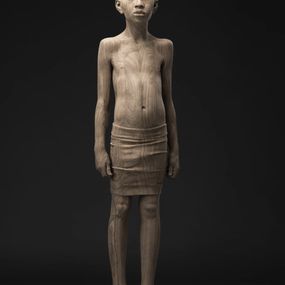
Classical Figurative Sculptors
In 1972 a pair of free-standing bronze warrior sculptures were dredged from the sea near Riace, Calabria. They represented a monumental shift to the Hellenistic period of Greek sculpture, the effects of which are still seen in work by artists today. Such works showed realism, swelling musculature, facial hair and an innate understanding of anatomy. This likeness to the human form is an early example of Figurative Art. The sculptor Polyclitus showed use of contrapposto, allowing the twisting of the human form to free classical sculpture of rigidity and allow the later development of expression and the incorporation of drapery. Later sculptors like Lysippus encouraged the viewer to move and see sculpture in the round, heavily influencing Hellenistic art. Greek Venus de Milo (150-125 BCE), was copied by early imperial Rome and thus created a legacy for classical figurative art in the West transitioning to the Renaissance and even today. By capturing humanity at its realist, this movement has transcended not just centuries, but millennia. In our own selection of works you will find artists who also strive to achieve realism like that of Grégory Poussier and Marina Mankarios or in works by Luo Li Rong that invites us not to remain at the stage of fascination with forms and appearances, but rather to go further still towards the spirit of the model.





